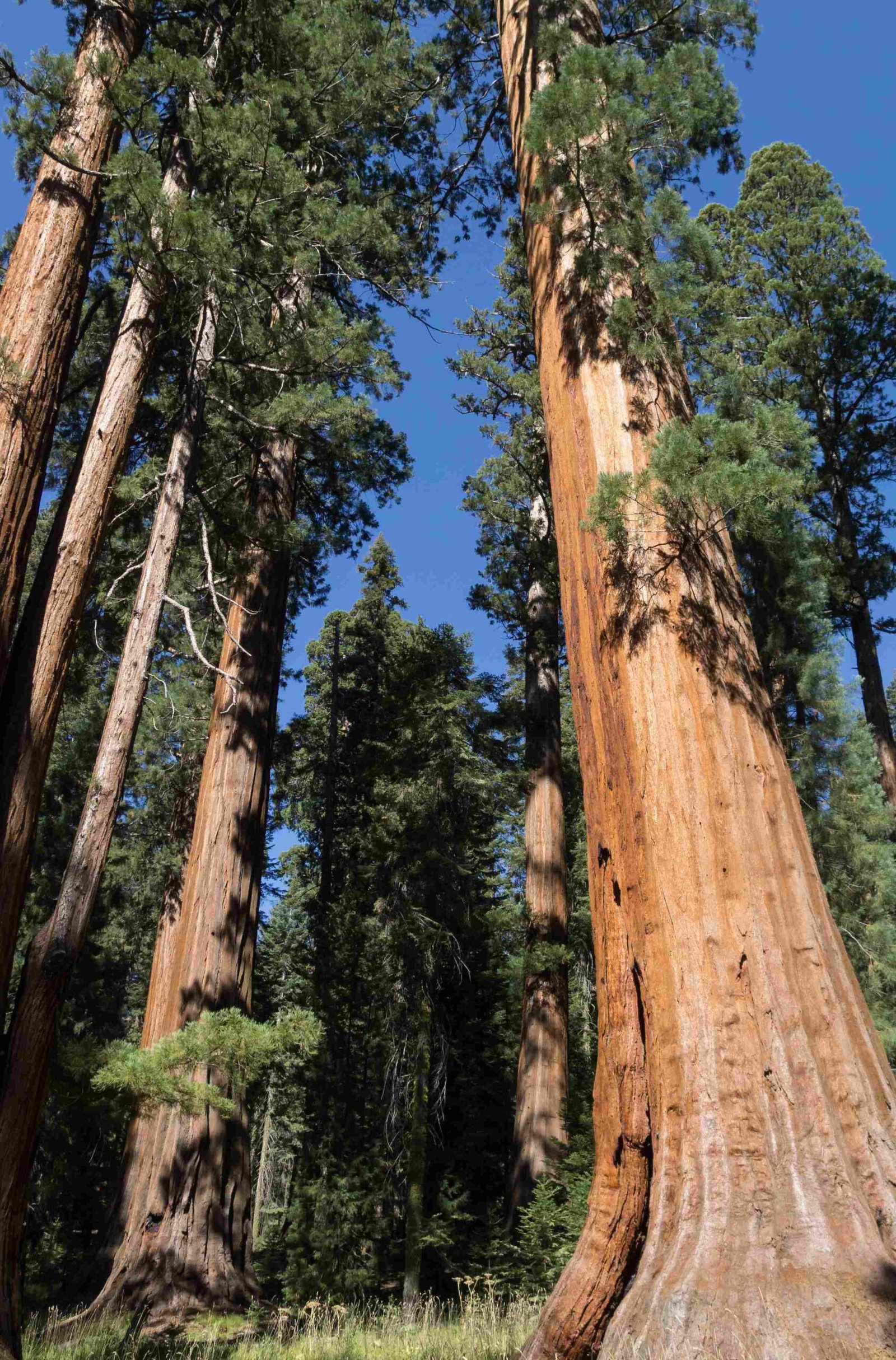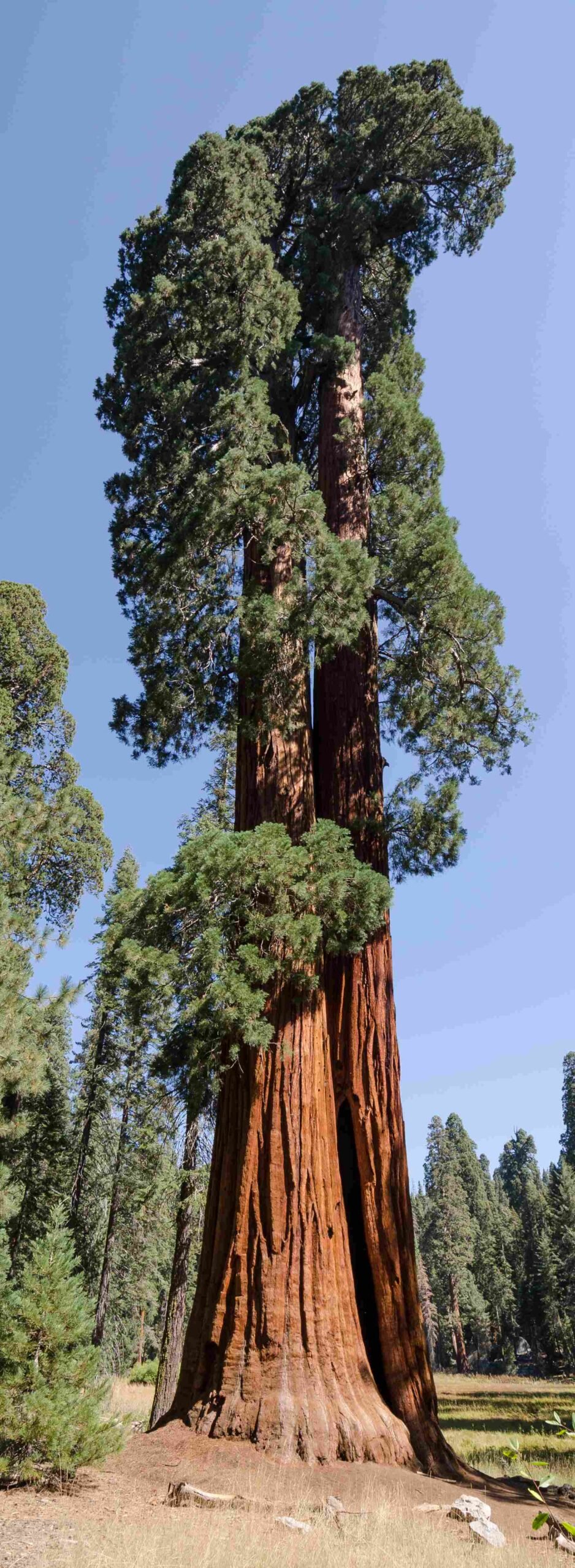Sequoia National Park, nestled in California’s Sierra Nevada mountains, boasts a deep-rooted indigenous history. Several Native American tribes, including the Western Mono, Yokuts, Tubatulabal, and Owens Valley Paiute, have called this region home for thousands of years. These tribes developed unique cultures, sustainable practices, and spiritual connections to the land that continue to influence the park’s heritage today.
Who Were the Original Inhabitants of Sequoia National Park?

The indigenous peoples who historically inhabited the Sequoia National Park area include:
- Western Mono (Monache)
- Yokuts
- Tubatulabal
- Owens Valley Paiute (Eastern Mono)
Each of these tribes had distinct cultures, languages, and traditions that were closely tied to the land and its resources.
Western Mono (Monache)
The Western Mono, also known as the Monache, primarily lived on the western side of the Sierra Nevada. They occupied the south-central foothills and the upper Kaweah River drainage within what is now Sequoia National Park. The Western Mono were divided into several bands, including:
- Northfork Mono
- Wobonuch
- Entimbich
These bands often formed bilingual units with the Foothill Yokuts, adopting some of their cultural practices while maintaining their own distinct identity.
Yokuts
The Yokuts were a large group of people who primarily inhabited the flat San Joaquin Valley but also extended into the Sierra foothills. They were known for their:
- Skilled craftsmanship in making bows and arrows
- Various types of housing, including conical winter houses and larger ridged houses
- Close interaction with the Western Mono tribes
Tubatulabal
The Tubatulabal, also known as the Pitanisha, inhabited the eastern portion of what is now Sequoia National Park. They were mountain people who used the eastern half of the park as their summer hunting territory, particularly in the Kern River drainage area.
Owens Valley Paiute (Eastern Mono)
The Owens Valley Paiute, sometimes referred to as the Eastern Mono, lived on the eastern side of the Sierra Nevada, including the Owens Valley. They had a distinct culture that included:
- Semi-subterranean winter houses
- Dome-shaped summer huts
- Unique cultural practices adapted to their environment
How Did Indigenous Peoples Use the Land in Sequoia National Park?

The indigenous peoples of Sequoia National Park developed sophisticated ways of utilizing the land’s resources sustainably. Their practices included:
- Hunting big game (deer, elk, antelope)
- Gathering smaller animals and fish
- Collecting and processing plant materials for food and medicine
- Practicing prescribed fires to promote plant growth and support wildlife
- Crafting intricate baskets for food storage
- Making tools such as bows and arrows
The Western Mono and Yokuts, in particular, were known for their use of controlled burns to manage the landscape. This practice helped to:
- Promote the growth of certain plants
- Improve habitat for game animals
- Reduce the risk of catastrophic wildfires
What Cultural Significance Does Sequoia National Park Hold for Indigenous Peoples?
Sequoia National Park holds immense cultural significance for the indigenous peoples who have lived there for generations. Some key aspects of this significance include:
- Spiritual connections to the land and its features
- Traditional gathering sites for food and materials
- Sacred places for ceremonies and rituals
- Historical and ancestral ties to the region
- Preservation of cultural knowledge and practices
Many of these cultural connections continue to this day, with tribes maintaining relationships with the park and participating in various cultural events and educational programs.
How Does Sequoia National Park Preserve and Celebrate Indigenous Heritage?
Sequoia National Park has taken several steps to preserve and celebrate the indigenous heritage of the area:
Visitor Centers and Educational Programs
| Visitor Center | Key Features |
|---|---|
| Foothills Visitor Center | Indigenous history exhibits, educational materials |
| Lodgepole Visitor Center | Cultural displays, ranger-led programs |
These centers offer a wealth of information about the park’s indigenous history and cultural significance.
Guided Tours and Cultural Sites
- Ranger-led tours to sites like Hospital Rock, which features Native American petroglyphs and bedrock mortars
- Self-guided trails with interpretive signage about indigenous history and practices
- Access to archaeological areas for educational purposes
Cultural Events and Programs
The park occasionally hosts events that celebrate indigenous heritage, including:
- Traditional crafts demonstrations
- Storytelling sessions
- Historical reenactments
- Seasonal cultural festivals
These events provide visitors with opportunities to learn directly from tribal members and experience aspects of indigenous culture firsthand.
What Challenges Do Indigenous Peoples Face in Relation to Sequoia National Park Today?
Despite efforts to preserve and celebrate indigenous heritage, several challenges remain:
-
Land Access: Some tribes continue to seek greater access to traditional lands within the park for cultural and spiritual practices.
-
Resource Management: Balancing traditional ecological knowledge with modern conservation practices can be challenging.
-
Cultural Preservation: Ensuring that traditional knowledge and practices are passed down to younger generations while respecting cultural sensitivities.
-
Representation: Increasing indigenous representation in park management and decision-making processes.
-
Education: Addressing misconceptions and providing accurate information about indigenous history and contemporary issues to park visitors.
How Can Visitors Learn More About Indigenous Peoples at Sequoia National Park?
Visitors interested in learning more about the indigenous peoples of Sequoia National Park have several options:
-
Visit the Foothills and Lodgepole Visitor Centers: These centers offer exhibits and educational materials about indigenous history and culture.
-
Participate in Ranger-Led Programs: Many of these programs focus on the park’s indigenous heritage and provide in-depth information.
-
Explore Cultural Sites: Visit places like Hospital Rock to see tangible evidence of indigenous presence and practices.
-
Attend Cultural Events: Check the park’s event calendar for special programs and demonstrations by tribal members.
-
Read Educational Materials: The park provides brochures and guidebooks that include information about indigenous peoples.
-
Engage with Park Staff: Rangers and other park employees can provide additional insights and answer questions about indigenous history and culture.
By taking advantage of these resources, visitors can gain a deeper appreciation for the rich indigenous heritage of Sequoia National Park and the ongoing importance of these cultures to the region.
